In today’s fast-paced and diverse work environments, the workstation table has become a fundamental element shaping productivity, comfort, and overall work experience. Whether in a corporate office, a home setup, a creative studio, or an industrial setting, the workstation table serves as more than just a surface to place a computer or paperwork. It is a carefully designed space that supports various tasks, encourages good posture, and adapts to the needs of the user.
This article delves into the concept of workstation tables, their designs, types, benefits, and how choosing the right one can transform any workspace.
What is a Workstation Table?
A workstation table is a designated piece of furniture designed to facilitate a range of work-related activities. Unlike a simple desk, which may serve basic functions, a workstation table is tailored to optimize workflow, organization, and ergonomics. It is commonly used for computer work, writing, meetings, and sometimes specialized tasks depending on the industry.
The term “workstation” suggests a place where work is done efficiently and comfortably, often equipped with integrated features that assist in maintaining an organized and productive environment.
Key Features of a Workstation Table
Size and Surface Area
Workstation tables usually offer ample surface area to accommodate computers, monitors, keyboards, paperwork, tools, and other essentials. The size varies widely depending on the intended use — from compact tables for small spaces to expansive surfaces for collaborative tasks or specialized machinery.
Material and Build Quality
Durability and material choice are crucial for workstation tables. Popular materials include solid wood, engineered wood (like MDF or plywood), metal frames, and sometimes glass or laminate tops. The material affects the table’s durability, appearance, and ease of maintenance.
Ergonomics also play a role in build quality, ensuring that the table height and edge designs support comfortable use over long hours.
Storage and Organization
Many workstation tables come with built-in storage solutions such as drawers, shelves, and cable management systems. These features help keep the work area tidy and improve accessibility to tools and documents.
Modular and Adjustable Options
Modern workstation tables often feature modular designs that can be customized or adjusted according to specific needs. Height-adjustable tables, L-shaped or U-shaped configurations, and movable components allow users to tailor the workspace for maximum comfort and efficiency.
Types of Workstation Tables
Office Workstation Tables
These are the most common and are designed for general office tasks. They usually have a flat surface with drawers and space for a computer setup. Some office workstation tables come with adjustable height features to support sit-stand working habits.
Computer Workstations
Specifically tailored for computer users, these tables have features like keyboard trays, monitor stands, and cable management ports. They prioritize ergonomics to reduce strain caused by long hours of computer use.
Industrial Workstation Tables
Used in manufacturing, laboratories, or workshops, industrial workstations are built tough to withstand heavy-duty use. They often feature sturdy metal frames, chemical-resistant surfaces, and custom configurations for specific tasks like assembly, testing, or repair.
Creative and Drafting Tables
Artists, designers, architects, and other creatives use workstation tables that offer large, flat surfaces often with adjustable angles. These tables allow for sketching, drafting, and working on detailed projects comfortably.
Home Office Workstations
With the rise of remote work, home office workstation tables have gained popularity. These range from compact desks designed to fit small spaces to larger setups with storage and ergonomic features.
Importance of Ergonomics in Workstation Tables
Ergonomics—the science of designing environments that fit the user’s needs—is critical when selecting a workstation table. Poor workstation design can lead to discomfort, reduced productivity, and even long-term health problems like back pain, carpal tunnel syndrome, and eye strain.
Ideal Ergonomic Features
Adjustable Height: Allows users to switch between sitting and standing positions, promoting movement and reducing fatigue.
Proper Height: The table height should enable users to keep their elbows at a 90-degree angle while typing or writing.
Spacious Surface: Enough room to position monitors at eye level and keyboards and mice comfortably.
Rounded Edges: Prevent pressure on wrists and forearms.
Cable Management: Keeps cords organized and prevents clutter that can cause distractions or accidents.
Benefits of a Well-Designed Workstation Table
Enhanced Productivity
A workstation table that suits the user’s needs minimizes distractions and physical discomfort, allowing for longer, more focused work sessions.
Better Organization
Integrated storage and modular design options help users keep their tools, files, and equipment organized, reducing time wasted searching for items.
Health and Comfort
Ergonomically designed tables reduce strain on the body, preventing repetitive stress injuries and promoting better posture.
Flexibility and Adaptability
Modern workstation tables can adapt to various tasks and users, supporting collaborative work, solo tasks, or specialized activities seamlessly.
Tips for Choosing the Right Workstation Table
Assess Your Needs: Consider what tasks you perform most often and what equipment you need to accommodate.
Measure Your Space: Ensure the table fits comfortably within your workspace without causing congestion.
Prioritize Ergonomics: Look for adjustable features or pair your table with ergonomic chairs and accessories.
Consider Material and Durability: Choose materials that suit your environment and usage frequency.
Think About Style: The workstation table should complement your office or home décor while meeting functional requirements.
Budget Wisely: Prices vary widely; focus on value and features rather than just cost.
Future Trends in Workstation Tables
As work environments continue to evolve, workstation tables are becoming smarter and more adaptable:
Smart Workstations: Integration of wireless charging, built-in USB hubs, and IoT devices for seamless connectivity.
Eco-Friendly Materials: Increased demand for sustainable, recycled, and non-toxic materials.
Flexible and Collaborative Designs: Modular tables that can be reconfigured for team projects or individual work.
Health-Focused Features: Enhanced ergonomic designs with sensors to remind users to take breaks or adjust posture.
Conclusion
The workstation table is a cornerstone of effective workspaces, bridging the gap between comfort, productivity, and style. Whether you are setting up a corporate office, a home workspace, or a creative studio, choosing the right workstation table is crucial to creating an environment where you can thrive.
By focusing on ergonomics, design, and functionality, modern workstation tables empower users to work smarter and healthier, adapting to the demands of today’s diverse work styles. Investing time and thought into selecting the perfect workstation table is a step toward achieving sustained work performance and overall well-being.
Source: https://www.bipmilwaukee.com/workstation-table-the-backbone-of-efficient-and-ergonomic-workspaces

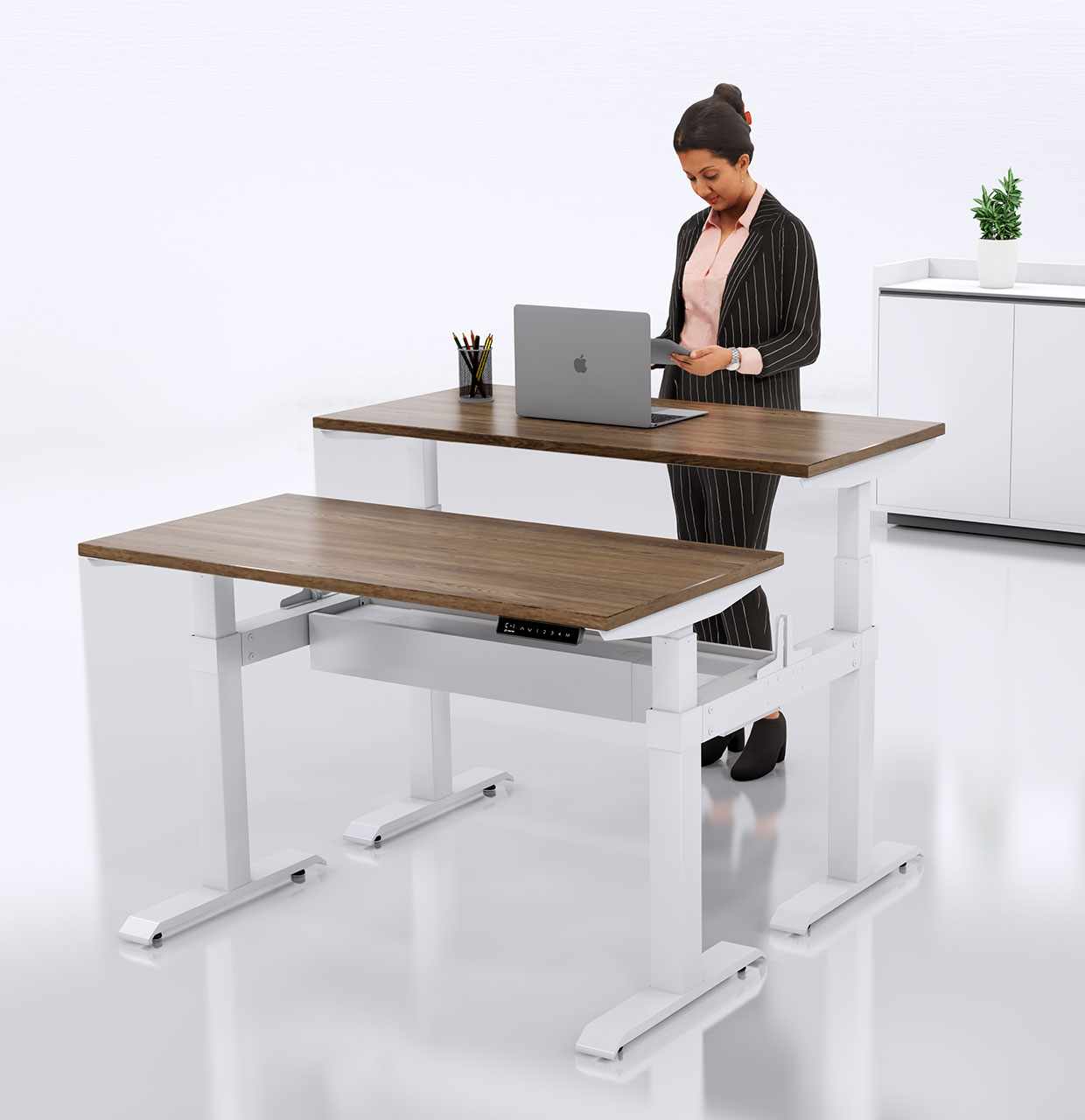
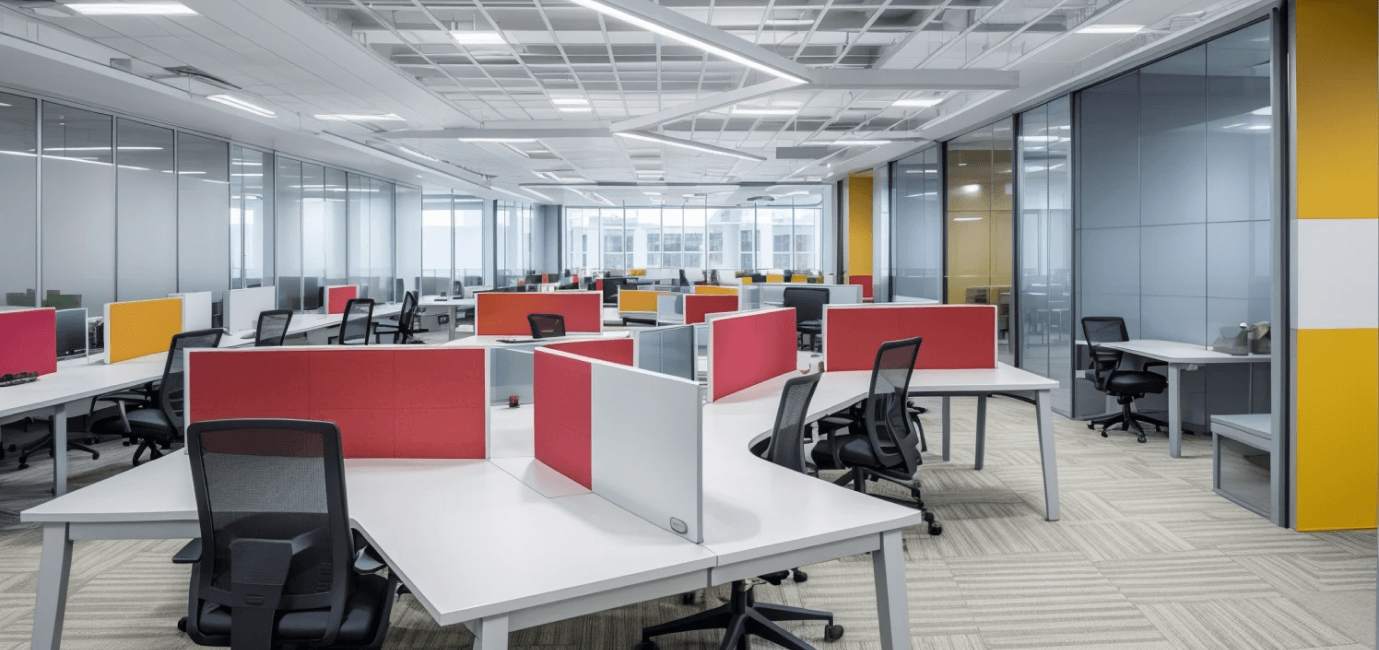
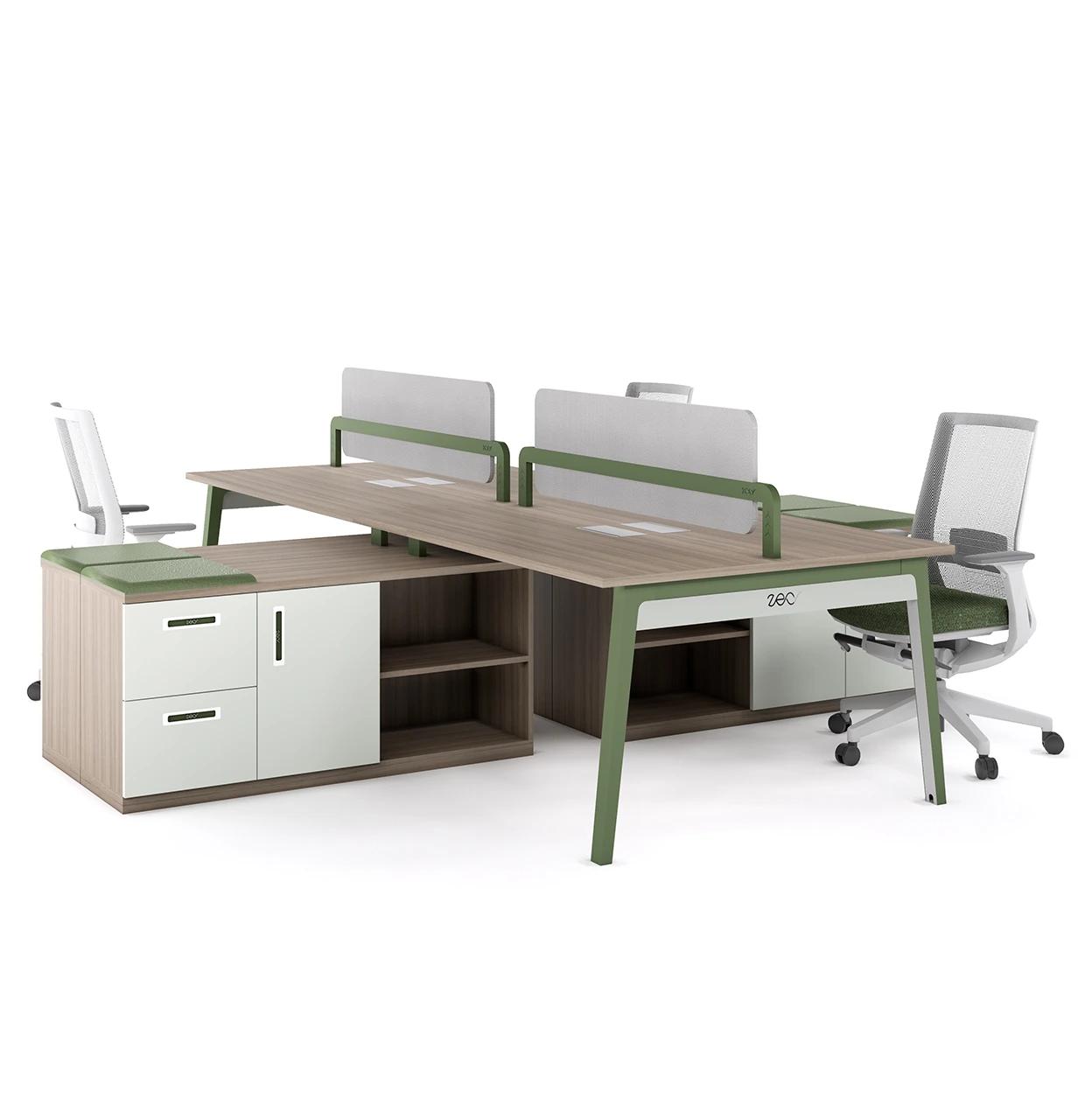
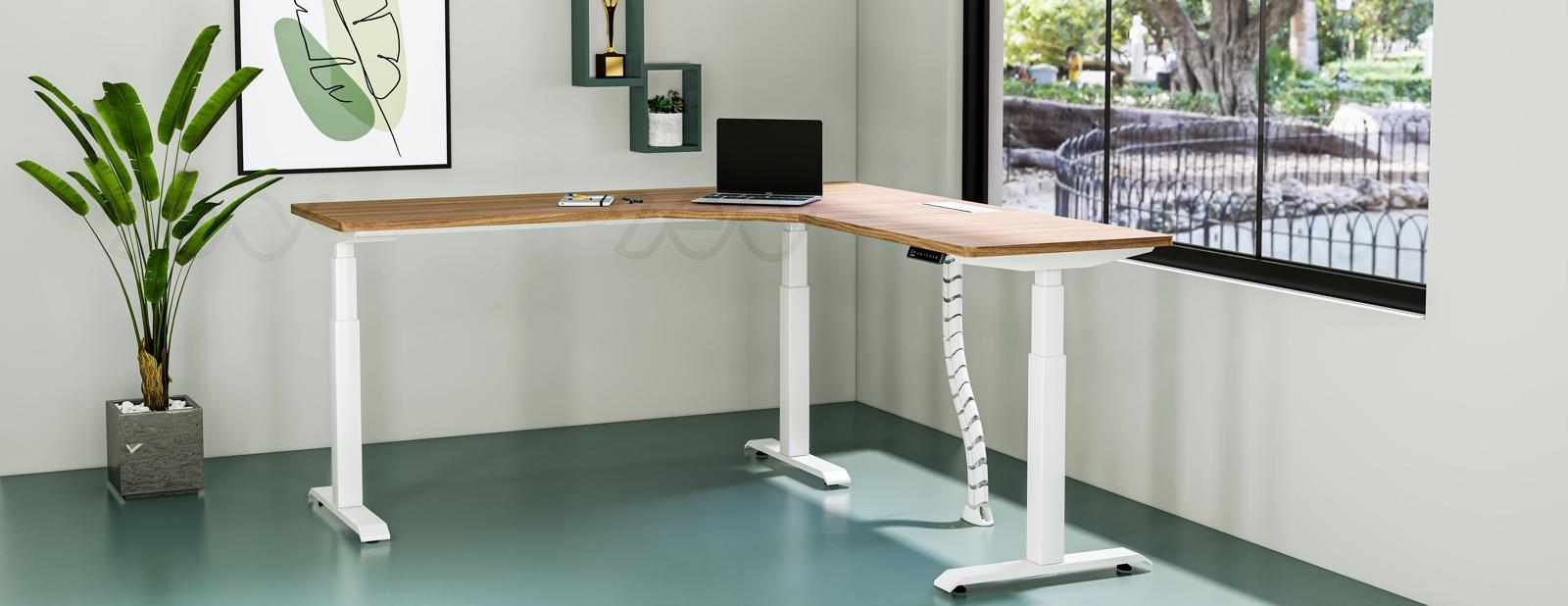



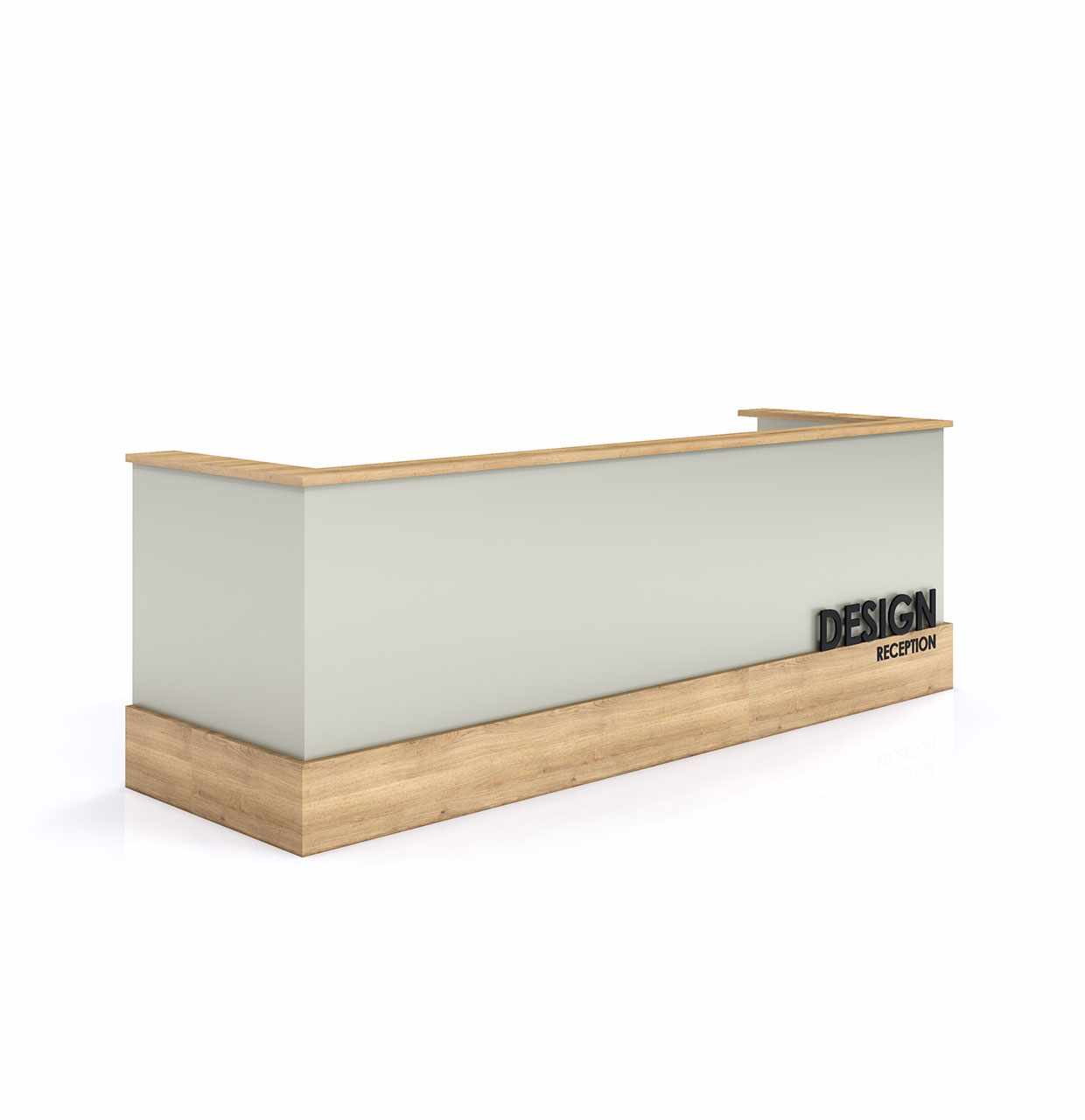





Write a comment ...